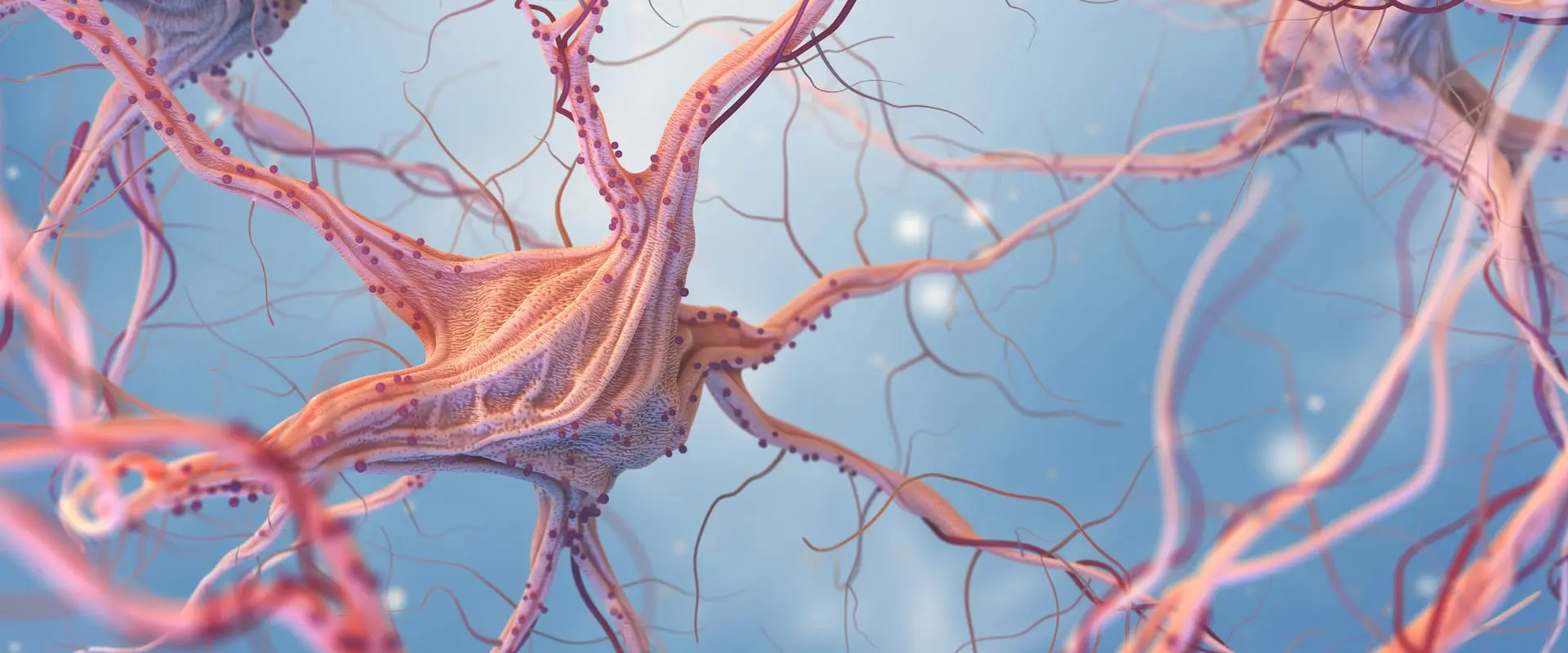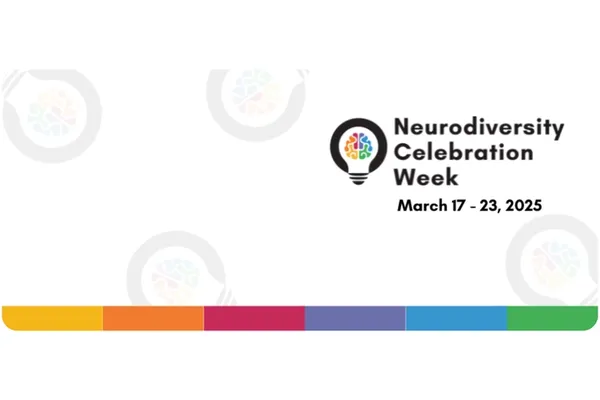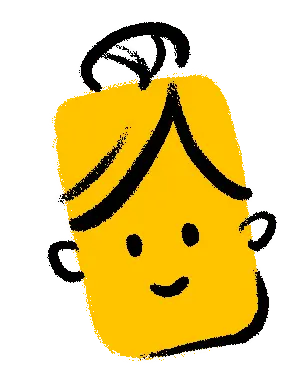Perhaps the most amazing thing in the universe is the thing inside our head? We spend a fair bit of time in Motional thinking about the way in which our brains and our bodies work and how they work together, so it’s worth a quick look at what we have and what we can do with it!
The brain is somewhere between 75 - 80% water with the remainder being largely comprised of fat and protein. We have no direct experience but are reliably informed that it feels like soft butter to touch!
Incredibly, this approximately 1.4kg of jelly can hold more information than the entire digital content of the modern word - estimated to be 200 exabytes…. Yep…we don’t know what an exabyte is either….but it’s a lot! Put another way it is estimated that a piece of cortex the size of a grain of sand could hold as much information as 1.2 billion books.
In total, the brain is made up of somewhere around 85-86 billion cells or ‘neurons’. These cells are long and thin and have a terminal end…if you like a small forest of trees on one end. Each ‘tree’ is a dendrite or axon that gives or receives information. There is a miniscule gap between the nerve cell ends and each neuron connects electro-chemically across this gap or ‘synapse’. It is not in the number of neurons but the number of synaptic connections that our intelligence lies!
Essentially our brain divides into three (though this is a very simplistic model):
- The Cerebrum - kind of top and front - the thinking part of the brain and our ‘higher functions’. The Cerebrum is split into two hemispheres each of which is principally concerned with the opposite side of the body from which they are located. They are connected through the Corpus Callosum and have four subdivisions within them that broadly relate to different functions - touch, visual, aural and higher functioning such as reasoning and emotional control. Not all functions of the hemispheres are shared.
In general, the left hemisphere controls speech, comprehension, arithmetic, and writing. The right hemisphere controls creativity, spatial ability, artistic, and musical skills. Lots of this area is a blank slate at birth ready to develop through experiences in relationship and environment.
This area is sometimes referred to as the ‘Upstairs’ Brain.The Executive Functioning Domain largely relates to this within Motional. - The Cerebellum sits beneath the Cerebrum and holds about half of the brain's neurons - these are needed not for thinking but for movement and other complex functioning of the body such as balance - but is also considered to play a crucial role in balancing emotions! It is very compact - in terms of size the Cerebellum occupies only about 10% of the mass.
The Cerebellum is part of what is sometimes known as the limbic system or ‘Downstairs’ Brain and whilst shaped over time, is largely functionally present from birth. - The Brain-stem is the ‘oldest’ part of the brain that sits below this again. It connects to our spinal cord and operates the more basic but rather important functions such as sleeping, breathing and the odd heart-beat!
Dotted about and connected across these three areas are many smaller structures with specific functions (in fact there are often pairs - one in each hemisphere) such as the Hippocampus and Amygdala (or more correctly Hippocampi and Amygdalae). These are sometimes referred to as the Limbic System, though are probably better described as a network. This network plays a fundamental role in our emotional control and relates to the Social Engagement and Social Defence Domains in Motional




